From inside (document excerpt):
58UXT Upflow/Horizontal, 2-Speed, 2-Stage Induced-Combustion Gas Furnace Visit www.carrier.com Installation, Start-Up, and Operating Instructions Size 060-120, Series 120 or 130 NOTE: Read the entire instruction manual before starting the installation. This symbol indicates a change since the last issue. Index Page SAFETY CONSIDERATIONS .1 ELECTROSTATIC DISCHARGE (ESD) PRECAUTIONS PROCEDURE .2 Dimensional Drawing .2 Clearances to Combustibles 3 INTRODUCTION .3-4 LOCATION 4 General 4 Location Relative to Cooling Equipment 4 Hazardous Locations .4 AIR FOR COMBUSTION AND VENTILATION .4-6 Unconfined Space .5 Confined Space 5-6 AIR DUCTS 6-7 General Requirements .6 Ductwork Acoustical Treatment .6 Supply Air Connections 6 Return Air Connections 6 FILTER ARRANGEMENT .6-7 LEVELING LEGS (IF REQUIRED) 7 UPFLOW INSTALLATION .7 HORIZONTAL ATTIC INSTALLATION 7-8 HORIZONTAL CRAWLSPACE INSTALLATION 8 GAS PIPING .8-10 ELECTRICAL CONNECTIONS .10-11 115-v Wiring .10 24-v Wiring .10 Accessories 10 VENTING 11 START-UP, ADJUSTMENT, AND SAFETY CHECK 11-22 General .11-12 Sequence of Operation 12-16 Adaptive Heating Mode 12-14 Non-Adaptive Heating Mode .14 Cooling Mode .14 Continuous Blower Mode .14 Heat Pump Mode 16 Defrost .16 Start-Up Procedures .16-17 Adjustments .17 Set Gas Input Rate 17 Set Temperature Rise 18-22 Set Thermostat Heat Anticipator 22 Check Safety Controls 23 Checklist 23 ama CERTIFIED REGISTERED QUALITY SYSTEM SAFETY CONSIDERATIONS Installation and servicing of heating equipment can be hazardous due to gas and electrical components.
Heating, Ventilating and Air Conditioning User Manual Free Download. HAVC Operator’s Manual. Gas Furnace and AC Free Instruction Manual Download PDF.
Only trained and qualified personnel should install, repair, or service heating equipment. Untrained personnel can perform basic maintenance functions such as cleaning and replacing air filters. All other operations must be performed by trained service personnel. When working on heating equipment, observe precautions in the literature, on tags, and on labels attached to or shipped with the unit and other safety precautions that may apply. Follow all safety codes. In the United States, refer to the National Fuel Gas Code (NFGC) NFPA No. 54-1999/ANSI Z223.1-1999. In Canada, refer to the current edition of the National Standard of Canada CAN/CGA- B149.1- and .2-M95 Natural Gas and Propane Installation Codes Amendment No. 1 and (NSCNGPIC). Wear safety glasses and work gloves. Have fire extinguisher available during start-up and adjustment procedures and service calls. Recognize safety information. This is the safety-alert symbol. When you see this symbol on the furnace and in instructions or manuals, be alert to the potential for personal injury. Understand the signal words DANGER, WARNING, and CAUTION. These words are used with the safety-alert symbol. DANGER identifies the most serious hazards which will result in severe personal injury or death. WARNING signifies a hazard which could result in personal injury or death. CAUTION is used to identify unsafe practices which would result in minor personal injury or product and property damage. NOTE is used to highlight suggestions which will result in enhanced installation, reliability, or operation.


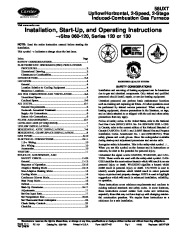 Carrier Owners Manual - Enlarge page 1 of 24
Carrier Owners Manual - Enlarge page 1 of 24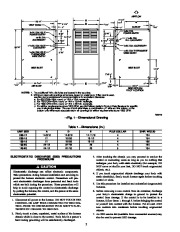 2 of 24
2 of 24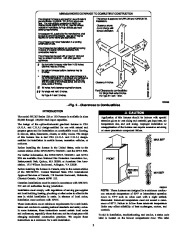 3 of 24
3 of 24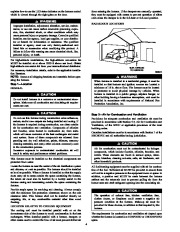 4 of 24
4 of 24 5 of 24
5 of 24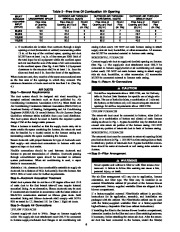 6 of 24
6 of 24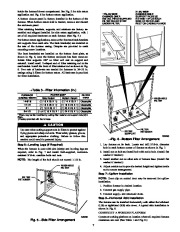 7 of 24
7 of 24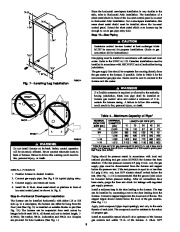 8 of 24
8 of 24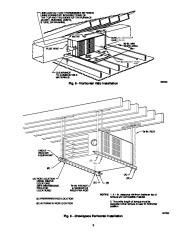 9 of 24
9 of 24 10 of 24
10 of 24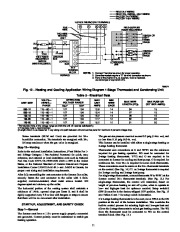 11 of 24
11 of 24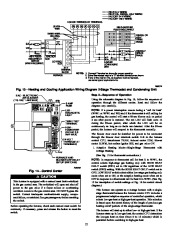 12 of 24
12 of 24 13 of 24
13 of 24 14 of 24
14 of 24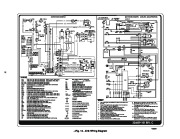 15 of 24
15 of 24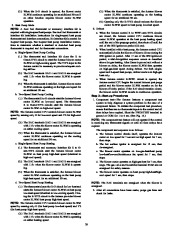 16 of 24
16 of 24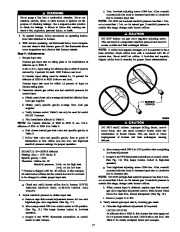 17 of 24
17 of 24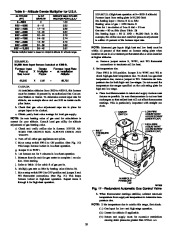 18 of 24
18 of 24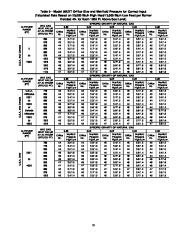 19 of 24
19 of 24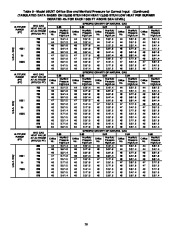 20 of 24
20 of 24 21 of 24
21 of 24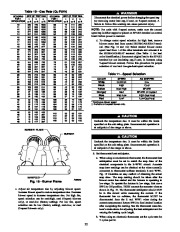 22 of 24
22 of 24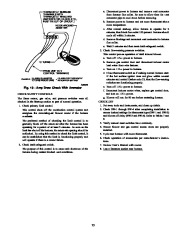 23 of 24
23 of 24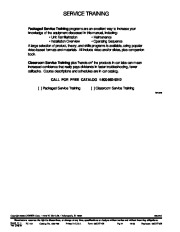 24 of 24
24 of 24